What is Coronavirus?
According to the Centers for Disease Control and Prevention (CDC), Coronavirus is a respiratory disease caused by a novel (new) coronavirus that was first detected in China and which has now been detected in almost 90 locations internationally, including the United States. The virus has been named “SARS-CoV-2” and the disease it causes has been named “coronavirus disease 2019” (abbreviated “COVID-19”).
How does it spread?
According to the CDC, the virus is thought to spread mainly between people who are in close contact with one another (within about six feet) through respiratory droplets produced when an infected person coughs or sneezes.
It may be possible that a person can get COVID-19 by touching a surface or object that has the virus on it and then touching their own mouth, nose, or possibly their eyes, but this is not thought to be the main way the virus spreads.
What are the symptoms of this infection?
Reported illnesses have ranged from mild symptoms to severe illness. The following symptoms may appear 2 to 14 days after exposure.
Fever
Cough
Shortness of breath
